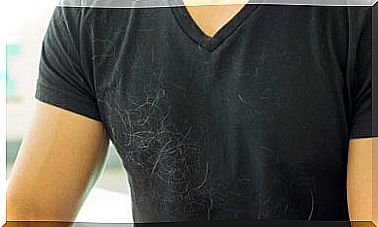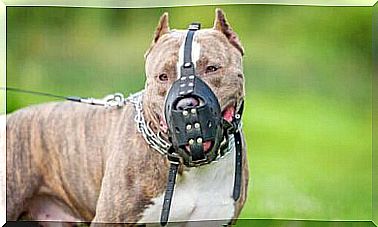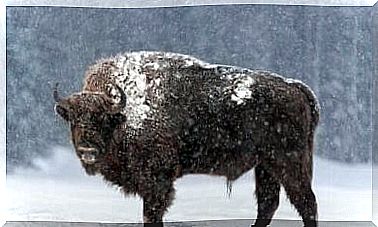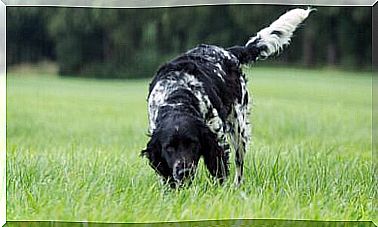Leptospirosis In Cats: Symptoms And Treatment
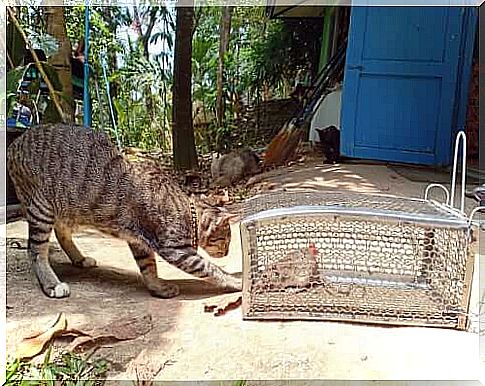
Leptospirosis in cats is a bacterial zoonosis. It is currently considered an emerging infectious disease in humans and dogs.
However, there are many wild and domestic animals – such as cats, for example – that, when infested, may not show the symptoms of the disease. In these cases, one speaks of a subclinical infection.
These disease-carrying species serve as reservoirs for bacteria and are a potential source of infection for incidental hosts and humans.
What we need to know about the causative agent: leptospira
Zoonoses are diseases that can be transmitted between different species of mammals. Thus, they are diseases that can be transmitted between humans and other types of animals.
To date, a total of 22 Leptospira species have been identified. Of these, 13 can cause the disease in humans.
Leptospira species are also classified according to their agglutination reaction to sera that have antibodies that recognize the bacterium. This classification is called a serotype. To date, approximately 300 pathogenic Leptospira serotypes have been recognized .
This bacterium has a very characteristic shape: it has the appearance of thin spirals. Usually one or both ends of the body are curved, hooked.
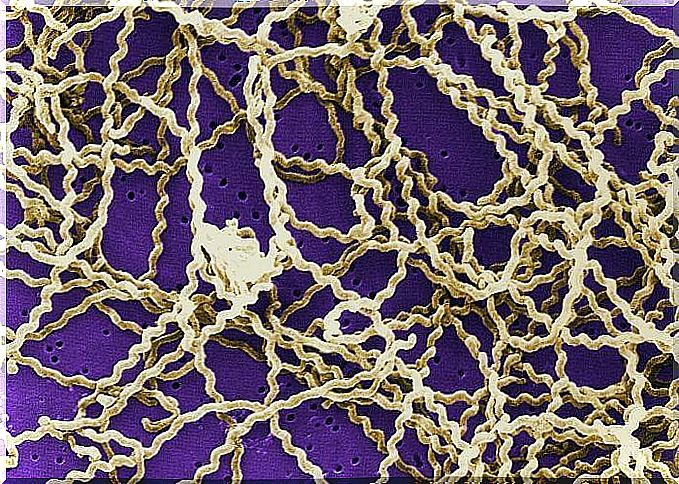
This bacteria enters the body through contact. It penetrates the skin and mucous membranes thanks to the production of an enzyme that alters the permeability of connective tissue. More specifically, it digests the hyaluronic acid content to facilitate invasion.
Leptospirosis in cats: how does the bacteria spread?
The bacteria is eliminated in the urine of infected animals. Infected urine can contaminate surface waters such as swamps, streams and rivers. In this environment, bacteria can survive for prolonged periods, even several months.
Thus, the disease is usually transmitted through water.
Cats can be infected directly or indirectly. In the case of the indirect form, they can be infected by eating a wild animal that has drunk the infected water.
When it occurs directly, leptospirosis in cats is acquired through contact with the infected urine of other contaminated animals that live with the feline. They can also become infected by drinking contaminated water containing the Leptospira spirochete .
Once they have crossed the mucous membranes or skin, leptospires multiply rapidly in the blood. Bacteria can invade many organs, particularly the kidneys, where leptospires can remain and spread through the urine for months or even years.
Signs and symptoms of leptospirosis in cats
When analyzing infected cats, it was found that the bacteria was present in urine and blood. These studies determined that leptospirosis in cats causes only mild clinical signs.
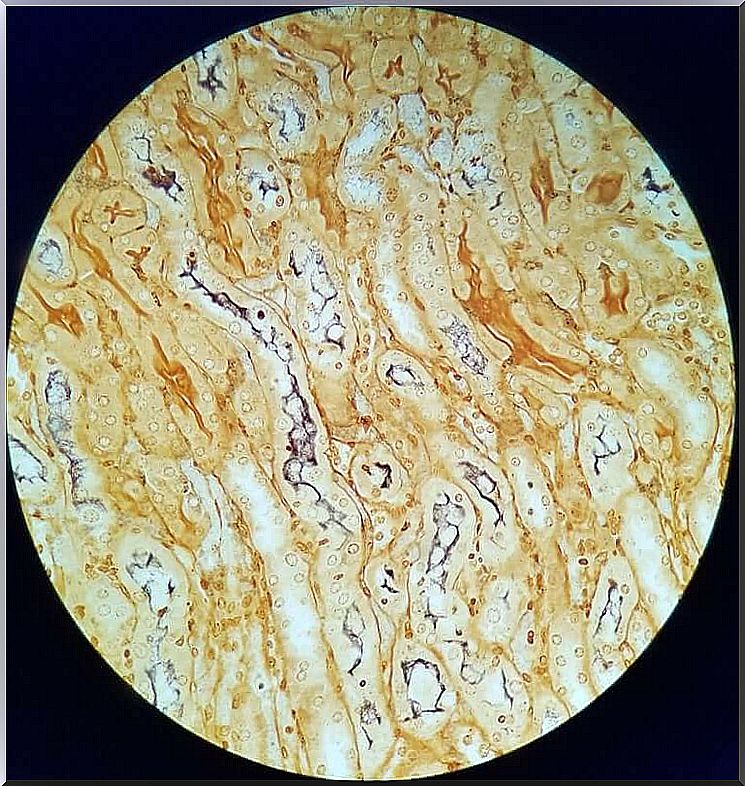
Source: wikimedia.org/
Although clinical signs in cats rarely appear, leptospirosis in cats causes kidney and liver inflammation. Recent studies have shown a possible association between feline chronic kidney disease and Leptospira spp infection .
disease control
As with dogs, the treatment of sick cats will depend on the severity of clinical symptoms. Generally, the treatment of leptospirosis in cats consists of antibiotics and supportive therapy.
For apparently healthy cats that shed leptospires through urine, a treatment with doxycycline should be started – 5 mg/kg every 12 hours for three weeks – to eliminate their carrier status.
Prevention
- Unfortunately, there is no vaccine available to prevent leptospirosis in cats.
- The only way to prevent cats from becoming infected is to prevent them from feeding on potentially contaminated rodents. It is also necessary to prevent them from coming into contact with standing water.
- Cats kept indoors have a very low risk of infection.
Consult your veterinarian to rule out leptospirosis in cats. Remember that even if your cat does not show symptoms of the disease, it can be a source of infection for humans and dogs around you.
We can’t imagine life without our kittens. However, the fact that cats can act as a reservoir for Leptospira in the home environment has become an issue today. For this reason, it is highly recommended to rule out leptospirosis in cats.
Specialized tests are available to identify bacteria in blood, urine or tissue. In addition, it is also possible to do tests to detect the presence of antibodies against the bacteria in the cat’s blood.




